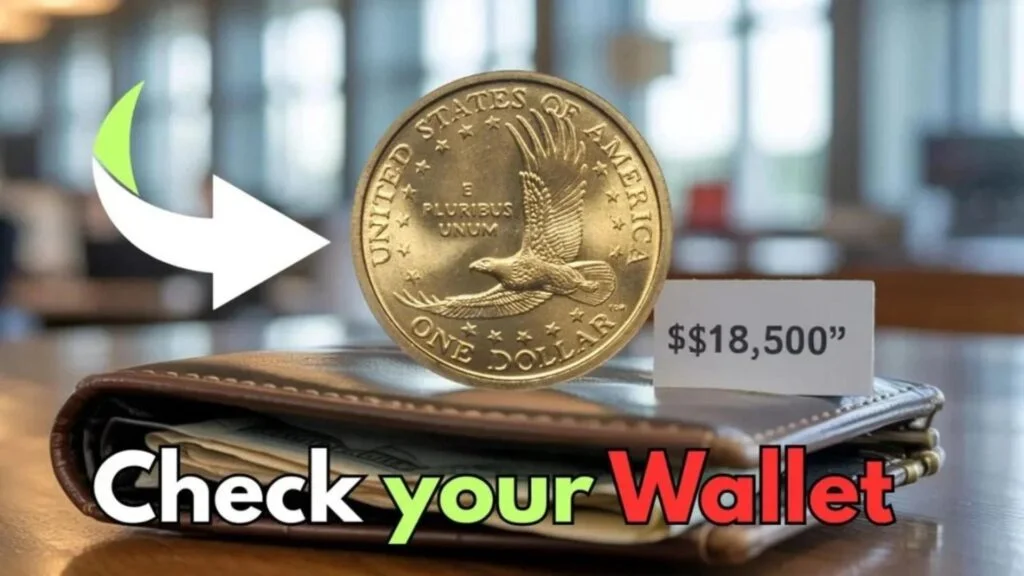Sacagawea Dollar : In the world of coin collecting, certain pieces stand out not just for their design but for their story — and one such treasure is the rare Sacagawea Dollar with the “Cheerios” reverse. What might look like an ordinary $1 coin could actually fetch up to $18,500 — if you know what to look for.
Let’s dive into why this specific coin is turning heads in the numismatic world and how you can identify one.

What Is the Cheerios Sacagawea Dollar?
Back in 2000, the U.S. Mint introduced the Sacagawea dollar coin, featuring Sacagawea, the Native American woman who guided the Lewis and Clark expedition. To promote the new coin, the Mint partnered with General Mills, placing 5,500 special-edition coins inside boxes of Cheerios as part of a marketing campaign.
At first glance, these promotional coins looked just like regular Sacagawea dollars. But later discoveries revealed something very special about them — the reverse (tail side) design
The Special Reverse Design – What Makes It Rare?
The reverse of the Cheerios dollar features an eagle in flight, just like the regular coins. However, on closer inspection, the eagle’s tail feathers have extra detailing and enhanced features that aren’t present on the standard 2000 Sacagawea dollars.
This special version is now referred to as the “Cheerios Reverse” or “Pattern Reverse”.
These coins were never intended for mass circulation, making them extremely rare and highly sought after by collectors today.
Why Is It Worth So Much?
The Cheerios Sacagawea Dollar is technically a pattern coin — a test or prototype design that wasn’t meant for general release. Because of its extremely limited mintage (only 5,500 coins) and the historical significance tied to its distribution, the value of these coins has skyrocketed.
Today, collectors and dealers are willing to pay anywhere from $5,000 to $18,500 for a Cheerios reverse Sacagawea dollar — depending on its condition, certification, and provenance.
How to Identify a Cheerios Reverse Dollar
If you think you might have one, here’s what to look for:
- Check the Date – It must be a 2000-P Sacagawea dollar (Philadelphia Mint).
- Examine the Reverse – Use a magnifier and look closely at the eagle’s tail feathers. The Cheerios version has extra ridges and details.
- Packaging – If you still have the original Cheerios packaging, do not open it. Unopened coins in original promo packs are even more valuable.
Get It Certified – To confirm authenticity and value, send the coin to a grading service like PCGS or NGC.
Beware of Fakes!
Due to the high value of these coins, counterfeits exist. Many people try to pass off regular Sacagawea dollars as Cheerios versions. Always rely on professional grading and authentication if you suspect you have one.
Recent Auction Highlights
- In 2020, a certified Cheerios Reverse Sacagawea Dollar sold for $10,200 at auction.
- In 2022, another high-grade specimen fetched $18,500, breaking previous records.
Experts believe the price could climb even higher as more collectors enter the rare coin market.
Final Thoughts – Check Your Stash!
You could be sitting on a small fortune without even knowing it. If you ever collected coins or have an old box of memorabilia tucked away in your closet, take a second look. That shiny golden dollar you thought was ordinary might be a rare Cheerios Sacagawea coin worth thousands.
In the world of collectibles, even breakfast cereal can lead to treasure. So grab a magnifying glass — and maybe a bowl of Cheerios — and start hunting!